Atmospheric Composition
-
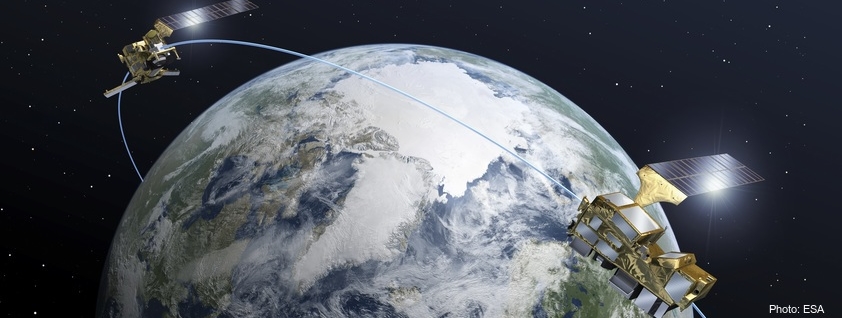
Aerosol data assimilation
Aerosol data assimilation integrates aerosol observations into atmospheric chemistry models. This can be used to provide optimal initial conditions (aerosol analyses) to improve aerosol and weather forecast, as well as to monitor current and past states of the atmosphere (through aerosol reanalyses).
-

Aerosol-radiation-cloud interactions
Aerosols interact with the atmospheric system scattering and absorbing solar radiation, with a significant impact on atmospheric energy and hydrologic processes. Furthermore, aerosols alter the formation and precipitation efficiency of liquid-water, ice and mixed-phase clouds.
-

Air quality
Air pollution is both an environmental and a social problem. This research line is based on the necessity of developing air quality models as a tool that allow to identify the sources and processes determining air quality and predict pollution episodes.
-
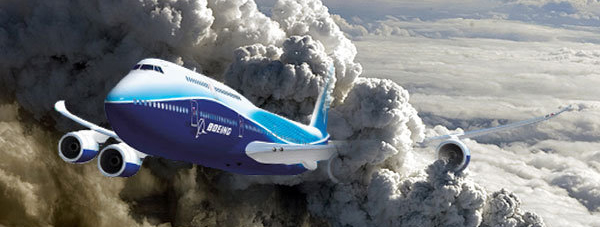
Atmospheric Impact Services
This research line evaluates the impact of volcanic ash for aviation and insurance stakeholders based on user-defined criteria.
-

Emission modelling
Air pollutants released into the atmosphere as a result of anthropogenic and natural activities. The development of high-quality and high-resolution emission models of primary gases and aerosols represents a key step in providing information to modelling systems for air quality, climate change and policy.
-

Microscale wind simulations and wind resource assessment
Microscale wind simulations using Reynolds Averaged Navier-Stokes (RANS) and Large-Eddy Simulation (LES) turbulence models with thermal coupling for the atmospheric boundary layer in complex terrains for wind resource assessment (wind farm modelling) and short-term wind forecasts.
-
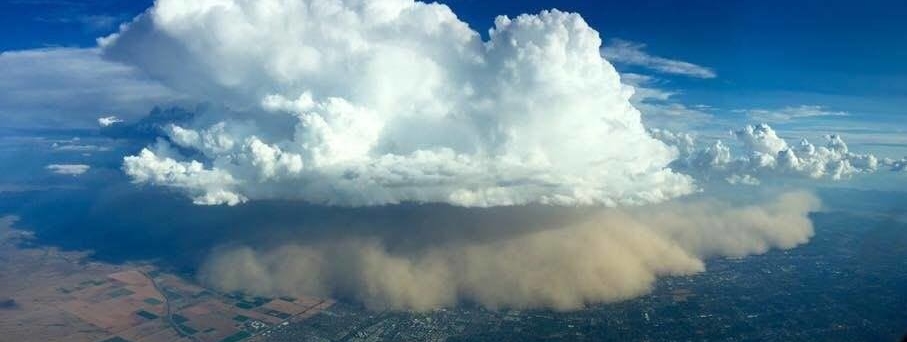
Mineral dust - AXA Chair on Sand and Dust Storms
Sand and dust storms represent a serious hazard for life, health, property, environment and economy in many countries. Dust aerosol also plays a significant role in different aspects of weather, climate and atmospheric chemistry.
-

Solar energy services
Solar energy is affected by desert dust, both due to radiation interception and physical deposition on the photovoltaic panels. Improved forecasting of renewable power generation can help to meet the balance between demand and supply, estimate more accurate budgets, and plan operations and maintenance.
-

Urban air quality modelling
Planning smartcities, optimizing transport and improving human health are key aspects of a sustainable urban development. In this sense, having air quality information is a core aspect for optimal decision making and planning.
-
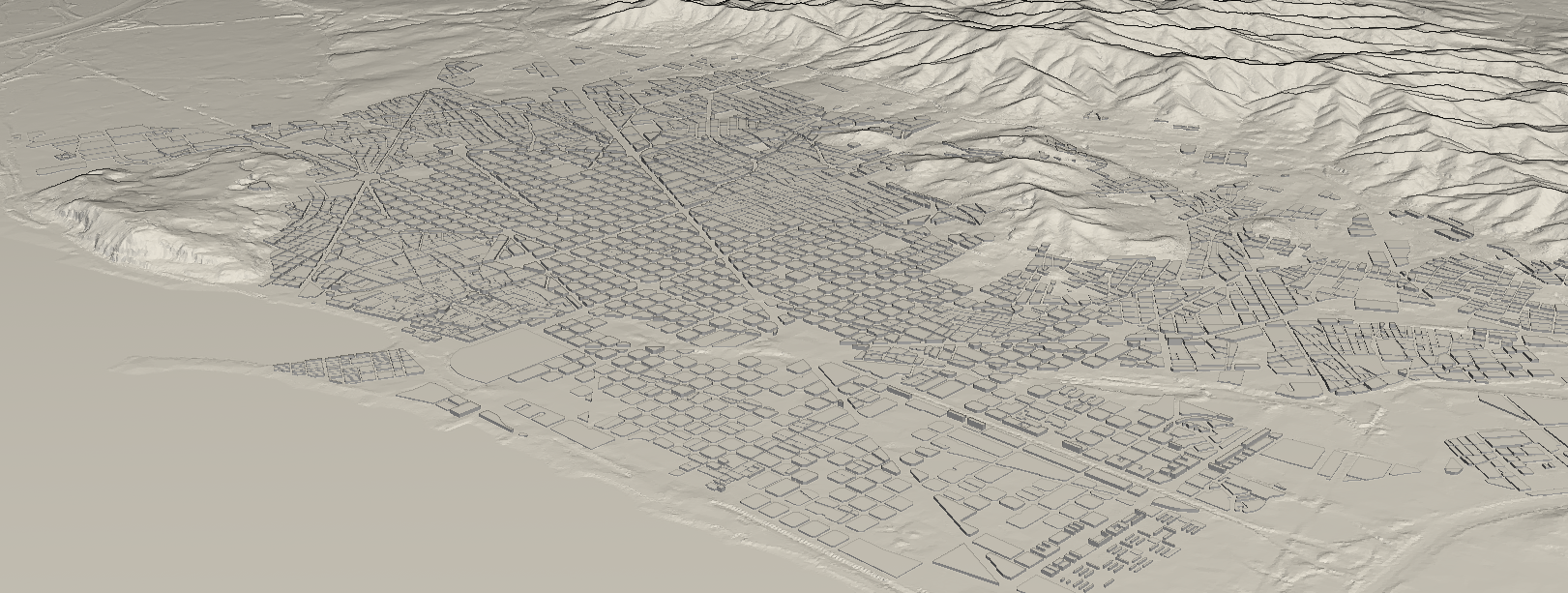
Urban-scale Atmospheric Dispersal Modeling
Urban-scale wind and atmospheric dispersal modeling using CFD and mass-consistent approaches. Automatic city meshing including buildings and underlying terrain. Air quality mapping based on sensor deployment and linearized CFDs at city scale.
-
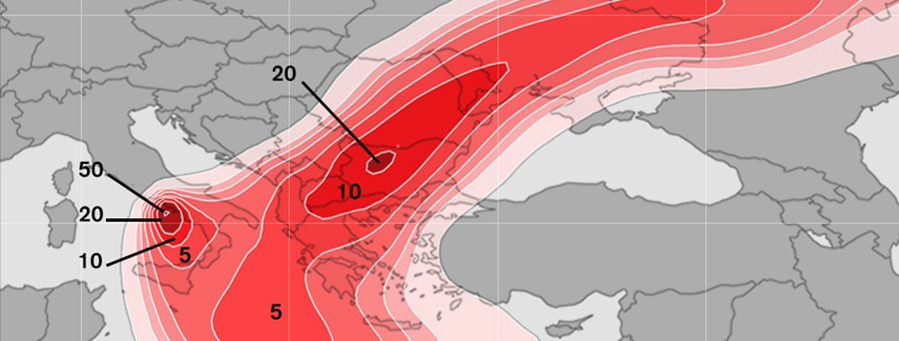
Volcanic ash
Explosive volcanic eruptions eject large quantities of particulate matter (tephra) at heights from few to tens of km above the volcano vent. Observations and ash dispersal model forecasts are essential to support civil aviation management during a volcanic crisis.
